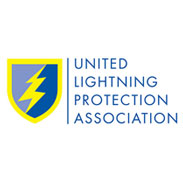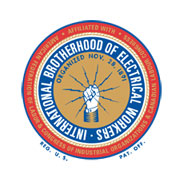Frequently Asked Questions
Frequently Asked Questions
Lightning is the visible discharge of static electricity within a cloud, between clouds, or between the earth and a cloud. Scientists still do not fully understand what causes lightning, but most experts believe that water droplets and ice crystals interact within the cloud. Updrafts in the cloud separate charges so that positive charges (ice crystals) end up at the top of the cloud while negative charges (water droplets) concentrate in the bottom. When the negative charge moves down, a "pilot leader" forms.
This leader rushes toward the earth in discrete steps, approximately 150' in length, ionizing a path in the air. The final breakdown occurs when the path to earth, or an object on the earth is completed and the major part of the lightning discharge current is then carried upward in the return stroke following along the ionized path. The average flash of lightning carries an electrical charge of about 100 million volts.
- Commercial and Industrial
- Education
- Medical Facilities
- Churches and Religious Organizations
- Airports, Freight and Transportation
- Government, County and City
- Waste Water Treatment Plants
- Casinos and Racinos
- Hotels
- Recreation and Theme Parks
- Residential
- More!











